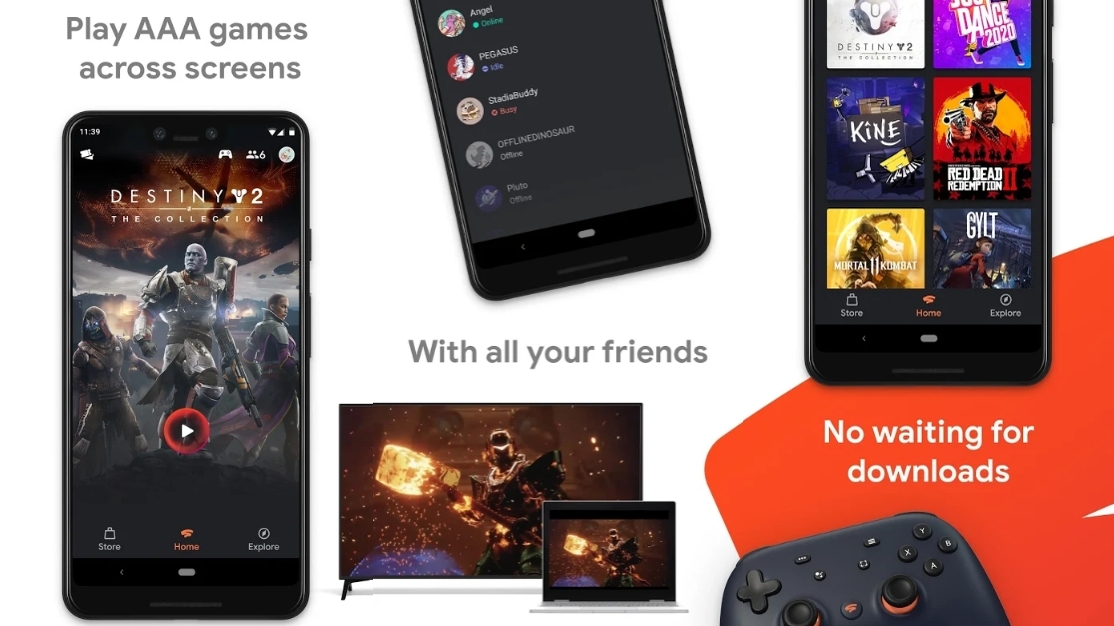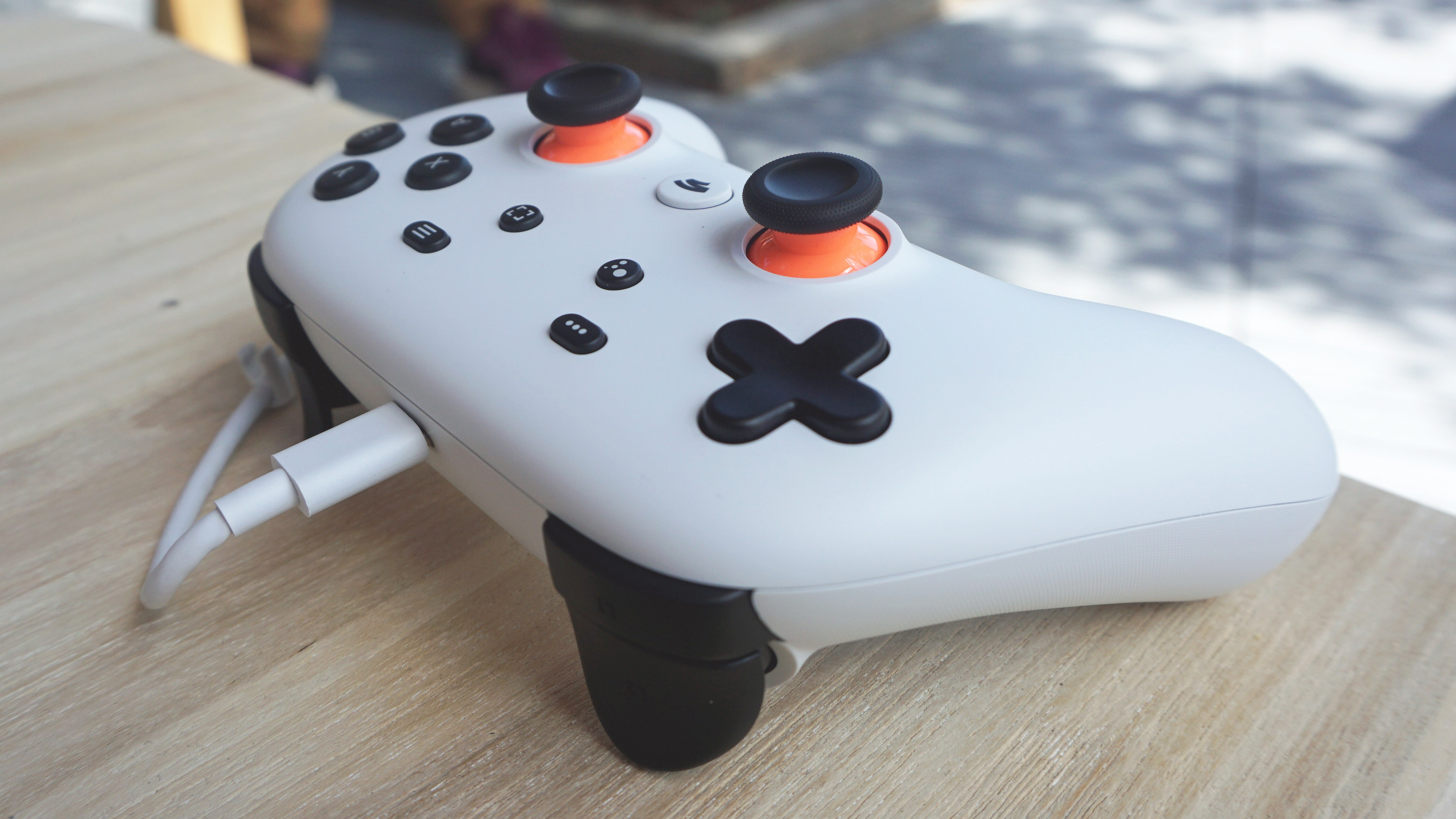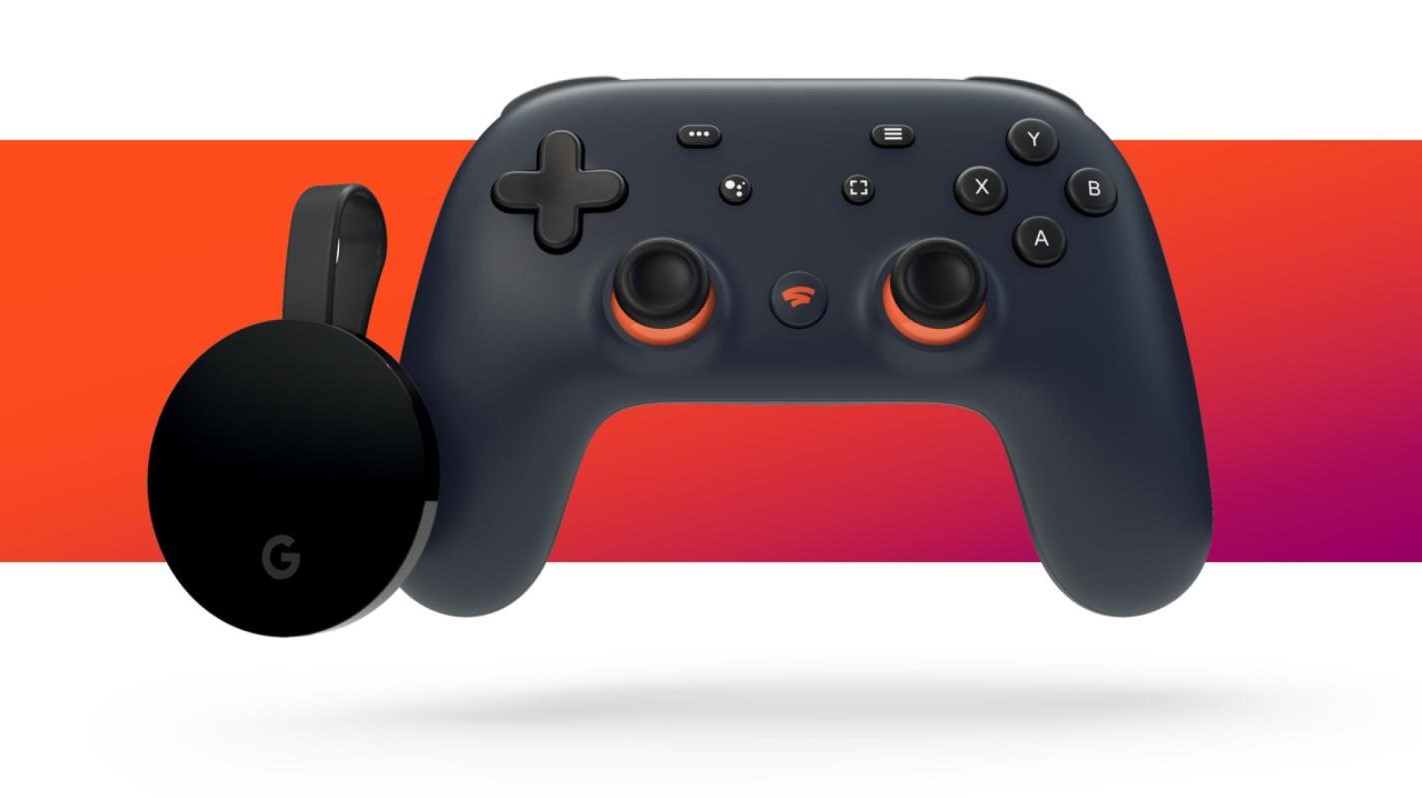How to set up Google Stadia on your smartphone
Including connecting your controller

You can download Google Stadia on any recent Android smartphone - while 'official support' is for most Samsung Galaxy, OnePlus, Google Pixel, Asus ROG and Razer phones, thanks to 'experimental support' you can use any other handset on the same operating sytsem.
That means, unless you have an Apple iPhone or really old Android phone, you're able to play Google Stadia, and thanks to the free trial, it won't cost you straight away either.
If you’re a gamer who wants to get into Google Stadia on your phone, you’re in luck, as unlike on TVs where you’ll need the Stadia Controller, you can use the phone app with your PS4 or Xbox One controller. Some game pads work too, such as the Razer Kishi.
The process for getting your game controller connected to your smartphone, then to comply with Stadia, can be a little complicated, so we’ve come up with this guide to help you through all the stages of the process.
How to set up the Google Stadia app
On your compatible smartphone, head to the Play Store and download the Google Stadia app. This shouldn’t be too hard, you probably know how to get apps on your phone. It is worth pointing out, if you don’t have any kind of Google account, you might find it more convenient to set it up on stadia.google.com and just log in to the app afterwards.
In the app you should be able to see the Google Stadia interface, and any games you have once you buy them. Whether or not you're going to play Stadia on your phone, you need to download the app to play games and browse the library, so this should get pretty familiar.
Originally you needed to buy the Google Stadia Premiere bundle to be able to play on mobile (unless you have a promotional code), which included the controller, as that comes with three months of Stadia Pro. Now, though, you don't need Stadia Pro to play Stadia.
Get daily insight, inspiration and deals in your inbox
Sign up for breaking news, reviews, opinion, top tech deals, and more.
How to connect a controller to your smartphone

You can’t play Google Stadia on smartphones using your fingers, you need to get a controller. If you already own a console, this is easy but if not you might need to buy the Stadia controller online.
Not many people know you can connect a games controller to your smartphone, but it’s actually pretty easy, and useful too if you’re a mobile gamer. You can connect a DualShock 4 controller (from a PS4), and Xbox One and Xbox 360 controllers (no points for guessing what these are from), or the actual Google Stadia controller. The Switch Pro controller, and a keyboard and mouse, won’t work, despite you being able to use it for Stadia on computers.
One option for connecting your controller to your smartphone is via USB connection, and it’s worth noting this is the only option for certain controllers - you can check which here.
Since your smartphone will have a USB-C or microUSB port, you’ll need an adapter before you plug in your controller, which will likely have a USB 3.0 plug that you use to charge it in the console. You’ll have to shop around on for this, but it should make for a stable connection.
Check out all compatible smartphones and controllers on Google's website by clicking here.
The other option you have for connecting your smartphone to your controller is Bluetooth, which works for the PS4 controller as well as the standard Xbox One, and Xbox Adaptive, controllers. Make sure your controller is disconnected from your console before you try and get it working on your smartphone.
Put your controller into pairing mode: you can do this by holding the Options and PS button on the PS4 controller (the latter is the small, round central button, not the large trackpad), or on the Xbox controller simply by holding the Sync button for a few seconds.
On your smartphone, find the Bluetooth menu by swiping down from the top and pressing and holding on the Bluetooth icon. Make sure your device is in scanning mode, by pressing ‘Scan’ if it isn’t doing so already, and the Wireless Controller should show up.
It’s worth pointing out that you sometimes need to press scan a few times, and turn Bluetooth off and on again, as it isn’t always an easy pairing process. Your controller will stop trying to pair after a while too if it hasn’t paired successfully, so if it hasn’t worked, don’t forget to start it again. After a while, if your controller isn’t actually still paired to your console, the controller and phone should pair. Now to get the controller to work with Google Stadia.
How to get your controller working on Google Stadia

Even if you can pair your controller to your phone, it isn’t always an easy process to get Google Stadia to recognize it. We’d recommend making sure your smartphone is updated to its latest version, which will be Android 10.
In the Google Stadia app, press the controller icon in the top right corner of the screen (right by the Account icon. If your phone is up-to-date, and the controller is successfully paired, you should see the controller here, and you can select it to pair the devices.
It’s worth pointing out, in our testing processes, we had trouble with this step, but updating to Android 10 fixed the issue. Google states you need to be on the latest operating system to use a Bluetooth connection, although we’ve heard reports of people on Android 9 successful using a USB-connection to work it anyway.
Either way, we’d recommend updating to Android 10 just for its benefits, and all the officially-compatible smartphones have the upgrade anyway, so there’s no reason to stick to Android 9.
If all has worked, your PS4, Xbox or Stadia controller should now be recognized by the app, and you can jump straight into your game. If you need a suggestion of what to play, we’ve got a list of the best Google Stadia games for you to consult, and more are being added all the time.

Tom Bedford joined TechRadar in early 2019 as a staff writer, and left the team as deputy phones editor in late 2022 to work for entertainment site (and TR sister-site) What To Watch. He continues to contribute on a freelance basis for several sections including phones, audio and fitness.